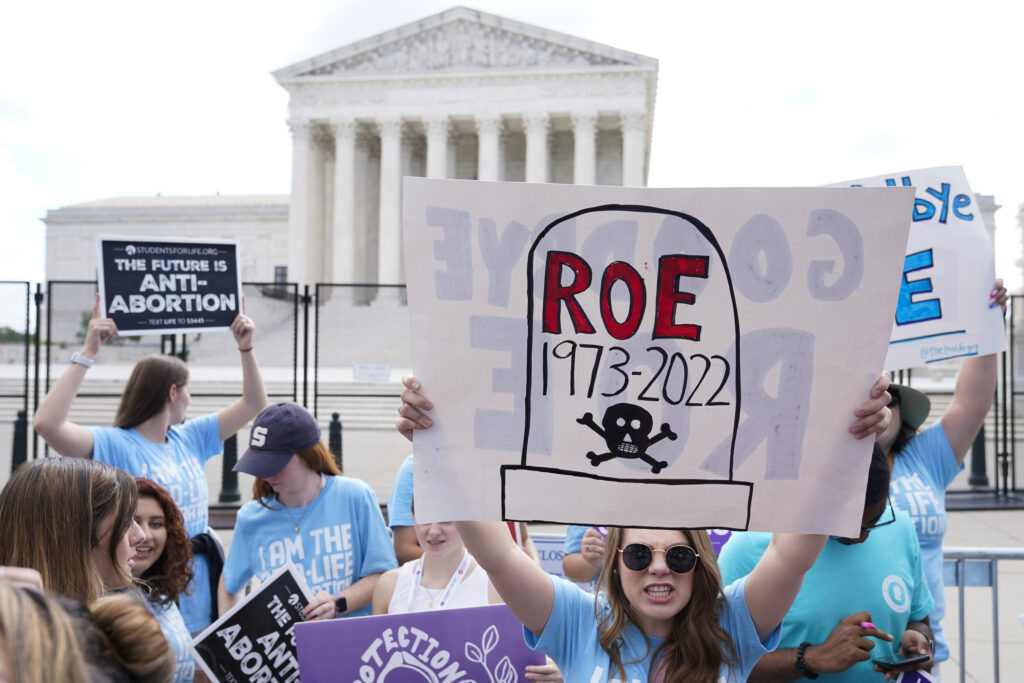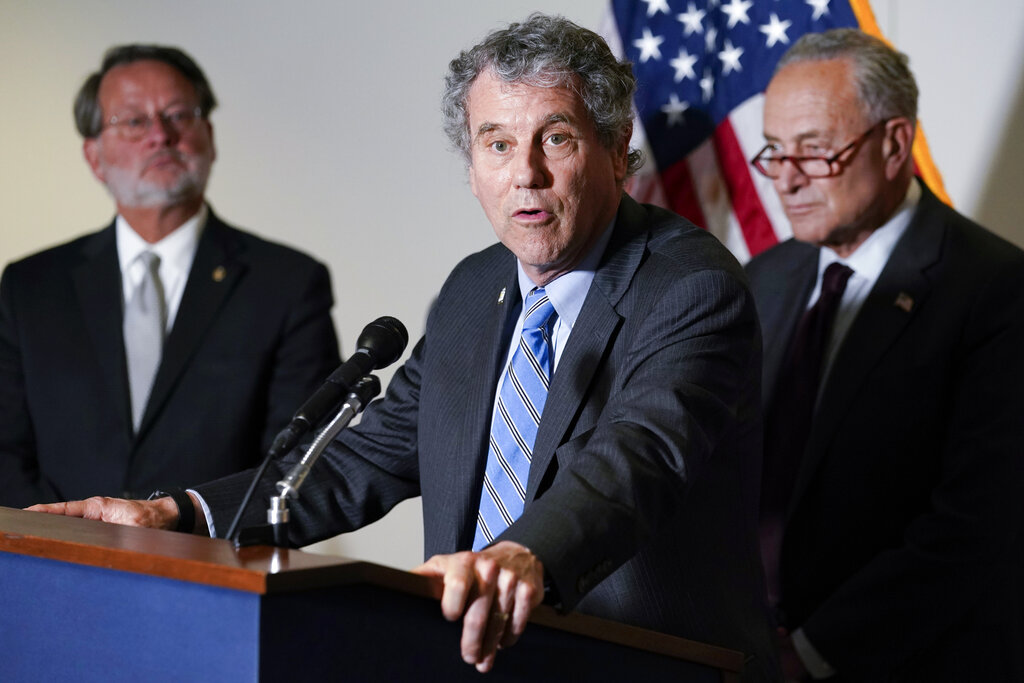House Democrats praise telework rewards, but GAO analysis lacks clarity on benefits.
Study Shows Productivity Benefits of Teleworking During Pandemic
Three top House Democrats are lauding a Government Accountability Office (GAO) study of teleworking as “compelling evidence” of the productivity benefits of the practice that became more widespread during the coronavirus pandemic, even though the analysis is much more cautious on the issue.
The GAO researchers concluded that “telework generally had a positive impact on worker productivity and firm performance in certain sectors, but methodological issues complicate efforts to estimate its long-term impacts.”
“For example, a study of a Chinese call center found that telework increased productivity by 13 percent,” the study said. “Some studies also found that telework mitigated the negative impact of the pandemic on firm performance and the economy.”
But the researchers also cautioned that “estimating the long-term impacts of telework is difficult, however, because some economic effects may emerge only over time. For example, studies GAO reviewed identified potential cost savings from reduced office space needs and potential collaboration challenges that could impact worker productivity or firm performance in the longer run.”
That qualified conclusion didn’t prevent Rep. Jamie Raskin (D-Md.), the top Democrat on the House Committee on Oversight and Accountability, from claiming that the report ”found that telework works.” Mr. Raskin was one of the members of Congress who requested the GAO study.
“In a perilous national public health emergency, telework ensured continuity in all federal agency operations and enabled federal workers to provide essential services to the American people,” Mr. Raskin added in a joint statement with two Democratic colleagues. “[The study] also found that, in addition to mitigating some of the harms caused by the pandemic, telework in many cases actually increased worker productivity.”
House Education and the Workforce Committee ranking member Bobby Scott (D-Va.) acknowledged that the GAO report wasn’t an unqualified endorsement of teleworking, and he further noted that access to remote work “was not equal across our economy.”
“While additional findings from the GAO are forthcoming, this initial report shows that telework generally had a positive effect on worker productivity in certain settings,” Mr. Scott said. “However, the report also illustrates that, despite the vast public health risks for workers, access to remote work during the COVID-19 pandemic was not equal across our economy.
“The GAO report shows how, instead, telework was concentrated among certain workers and industry sectors,” he said.
Rep. Mark DeSaulnier (D-Calif.), the top Democrat on the education and the workforce panel’s Health, Employment, Labor and Pensions subcommittee, also praised the report.
He said the pandemic provided Americans the opportunity to experience “firsthand how the flexibility and efficiency of telework could improve the quality of life for them and their families, and now we have compelling evidence that this labor model can also increase worker productivity and companies’ overall performance.”
The California Democrat, whose district is in the San Francisco Bay area, said he believes that “as we emerge from the pandemic, we should harness and build on this knowledge to expand telework options to benefit both the economy and working Americans, particularly lower-income and minority workers who have not had equal opportunity for this kind of work.”
What is clear from the GAO analysis is the extent to which Americans worked from home during the pandemic rather than in the office.
“The percentage of workers who worked from home (teleworked) rose sharply between 2019 and 2021. The increase was concentrated among workers with higher earnings and education and in certain occupations, according to GAO’s analysis of nationally representative survey data.
“Specifically, GAO’s analysis of the American Time Use Survey (ATUS) found that the estimated percentage of workers who teleworked for any portion of an average workday increased from 24 percent in 2019 to 38 percent in 2021.
“Similarly, GAO’s analysis of the American Community Survey (ACS) found that the estimated percentage of workers who primarily teleworked in the prior work week more than tripled from 5.7 percent in 2019 to 17.9 percent in 2021.”
But, as Mr. Scott noted, the GAO concluded that teleworking was practiced in different amounts by occupation type.
“For example, 28 percent of workers in management and related occupations primarily worked from home in 2021, compared to 7.5 percent of workers in service occupations,” the study authors wrote. ”Despite increases in telework, most workers did not telework in 2021.”
" Conservative News Daily does not always share or support the views and opinions expressed here; they are just those of the writer."





